Ultra Violet (UV)
Ultra Violet (UV) Differing types of micro-organism can be more or less sensitive to UV light. This may be because of their cell wall structure, the presence of UV absorbing proteins or the structure of their nucleic acids. The degree of destruction of microbes is a product of UV intensity multiplied by contact time. Intensity is the amount of UV energy per unit area measured in milliwatts per square centimetre (milliW/cm2). The contact time is the amount of time the solution is exposed to UV in the reactor, measured in seconds. The UV dose is expressed in millijoules per square centimetre (mJ/cm2). The PWEL UV lamps kill at least 99.9% of the water borne contamination at the specified flow and transmission rates. UV is a proven method of controlling microbiological contamination. Some of the features offered by UV as a process are;
- Microbiological control can be achieved where chemicals cannot be used.
- Very effective against planktonic bacteria
- No residual left in the water
- Non-corrosive
- Low operating cost
- Instantaneous in line treatment
- Does not affect pH, odour or taste
These make UV an ideal process for;
- Potable water, particularly stored potable water
- Point of use applications such as showers
- Spray systems such as environmental chambers
- Vending machine make-up
- Water features
- Air handling units incorporating spray humidifiers*
